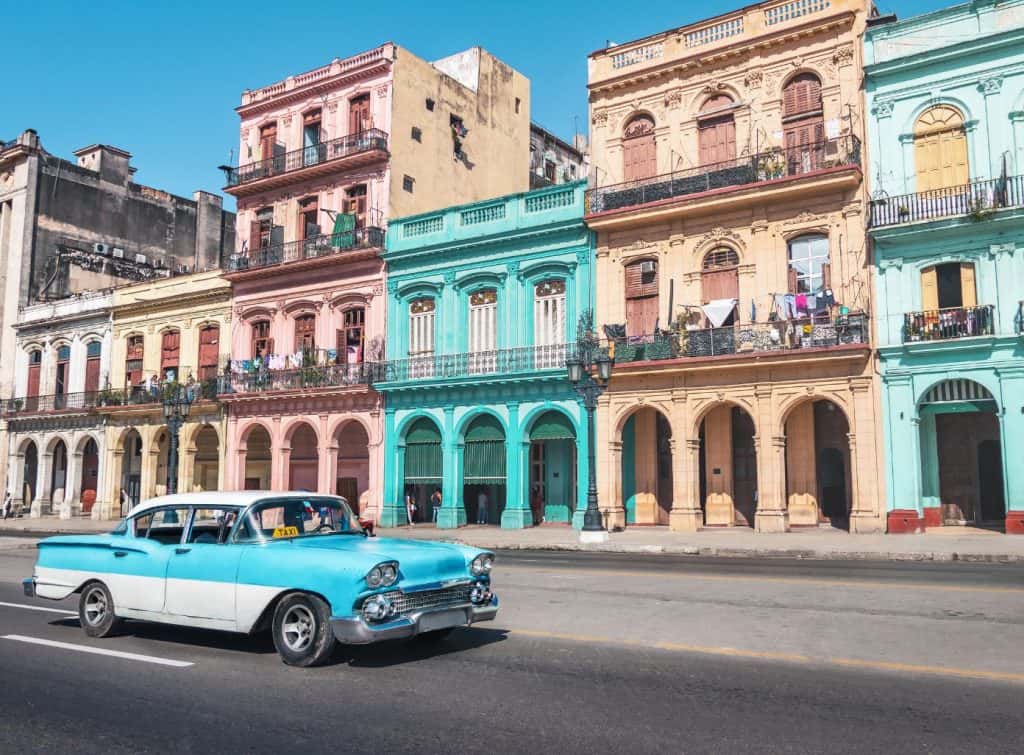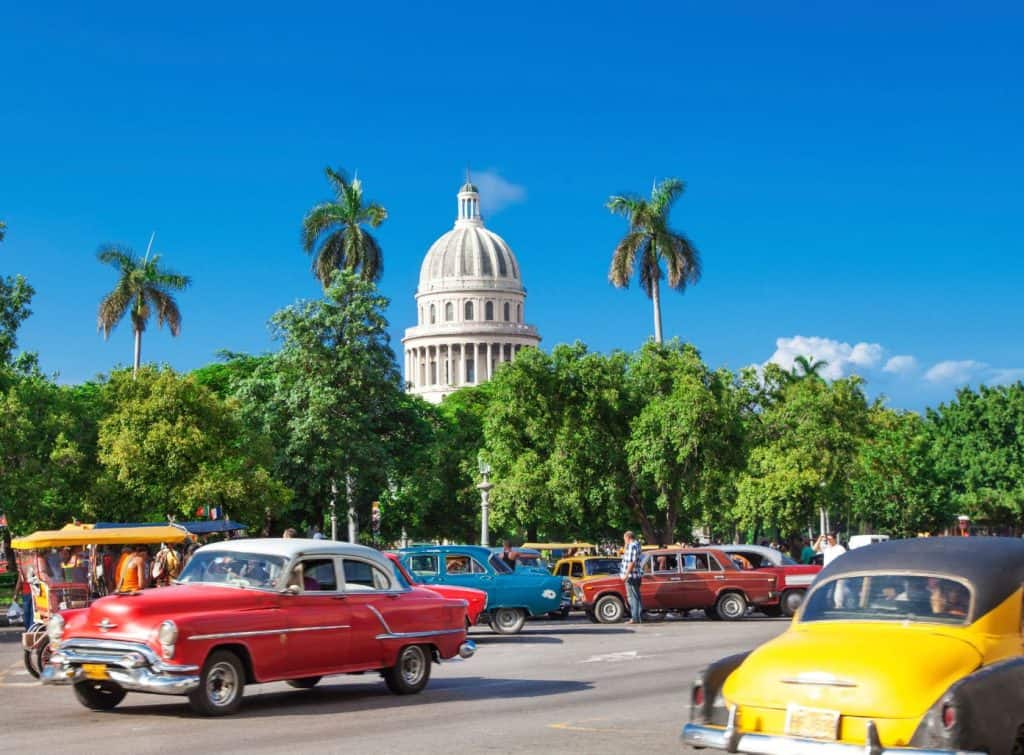Embarking on a journey to Cuba allows travelers to experience a country rich in history, culture, and natural beauty. From its vibrant cities to its stunning landscapes, Cuba offers an unforgettable travel experience. Whether you’re a first-time visitor or a seasoned explorer, understanding Cuban culture, essential travel tips, must-visit destinations, Cuban cuisine, and staying safe and healthy are crucial to making the most out of your trip. So, let’s dive in and discover the wonders that await you in Cuba!
Understanding Cuban Culture

Cuban culture is a fascinating blend of diverse influences that have shaped the identity of the country and its people. The history of Cuba has had a significant impact on its society, and understanding this influence provides valuable insight into the local customs and way of life.
The Influence of History on Cuban Society
Cuba’s journey through history has been marked by various colonial powers, revolution, and political change. The remnants of Spanish colonial architecture can still be seen in Havana’s historic sites, creating a unique blend of old-world charm and Caribbean vibrancy. Walking through the streets of Havana, visitors are transported back in time as they marvel at the grandeur of buildings like the Capitolio Nacional and the Castillo de la Real Fuerza.
However, it is not just the physical structures that reflect Cuba’s history. The Cuban Revolution, led by Fidel Castro, has also left a lasting impact on the country, shaping its political and social structures. The revolution brought about a strong sense of national pride and independence, as well as a focus on education and healthcare. Today, visitors can explore museums and monuments that honor the revolution and its leaders, gaining a deeper understanding of Cuba’s recent past.
One such museum is the Museo de la Revolución, located in Havana. Here, visitors can delve into the history of the revolution through exhibits showcasing photographs, artifacts, and personal stories of those who fought for change. The museum provides a comprehensive overview of the events leading up to the revolution, the struggles faced by the Cuban people, and the impact it had on their lives.
The Role of Music and Dance in Cuban Life
Music and dance are integral parts of Cuban culture and are deeply ingrained in the daily lives of its people. From the vibrant rhythms of salsa to the soulful melodies of Afro-Cuban jazz, music permeates the streets of Cuba, providing a soundtrack to everyday life.
Walking through the streets of Havana, visitors are serenaded by the sounds of live music pouring out of bars and cafes. The infectious beats of the conga drums and the melodic strumming of the guitar invite passersby to stop and immerse themselves in the vibrant musical scene. It is not uncommon to see impromptu dance parties breaking out on street corners, with locals and tourists alike joining in the rhythmic movements.
Dance is equally cherished, with styles such as salsa, rumba, and mambo captivating both locals and tourists alike. Dance clubs and venues dedicated to these genres can be found throughout the country, offering visitors the chance to learn the steps and dance the night away. Joining in the dance scene is not only a fun experience but also a way to connect with the vibrant spirit of the Cuban people.
For those seeking a more immersive experience, there are dance workshops and schools in Havana that offer lessons in various Cuban dance styles. These classes provide a deeper understanding of the cultural significance behind each dance form, allowing participants to not only learn the steps but also appreciate the history and traditions associated with them.
Furthermore, music and dance festivals are held throughout the year in different cities across Cuba, showcasing the country’s rich cultural heritage. These festivals bring together musicians, dancers, and enthusiasts from all over the world, creating a vibrant and dynamic atmosphere that celebrates the diversity of Cuban music and dance.
In conclusion, Cuban culture is a tapestry woven with threads of history, music, and dance. Exploring the historic sites, museums, and vibrant music scene in Cuba provides a deeper understanding of the country’s past and present. Whether it’s strolling through the streets of Havana, admiring the colonial architecture, or dancing to the infectious rhythms of salsa, immersing oneself in Cuban culture is an enriching experience that leaves a lasting impression.

Essential Travel Tips for Cuba
To ensure a smooth and enjoyable trip to Cuba, it’s important to be aware of some essential travel tips that will help you navigate the country’s unique customs and logistics.
Getting around Cuba can be an adventure in itself. While public transportation options exist, they might not always be the most reliable. It is advisable to book private taxis or hire a driver for longer journeys. Alternatively, renting a car can provide flexibility and independence, allowing you to explore remote areas at your own pace.
Dealing with Currency Exchange
Cuba operates on a dual currency system, with the Cuban Convertible Peso (CUC) used by tourists and the Cuban Peso (CUP) used by locals. It’s important to exchange your currency for CUC upon arrival and be aware of the current exchange rate. Many places only accept cash, so always carry enough money with you, as ATMs can be scarce in some areas.
Must-Visit Destinations in Cuba
While Cuba offers a myriad of incredible destinations, two stand out as must-visits for any traveler: Havana’s historic sites and the picturesque Viñales Valley.
Exploring Havana’s Historic Sites
Havana, the capital city of Cuba, is a treasure trove of history and architectural wonders. The UNESCO World Heritage-listed Old Havana is a maze of narrow streets lined with colorful colonial buildings, grand plazas, and historic fortresses. Take a stroll along the iconic Malecon, a seawall promenade, or visit the Museum of the Revolution to delve deeper into Cuba’s past.
The Natural Beauty of Viñales Valley
For nature lovers, a visit to the Viñales Valley is a must. This stunning region, also a UNESCO World Heritage site, is known for its dramatic limestone cliffs, tobacco fields, and traditional rural life. Hike through the valley, visit a tobacco farm, and take in the breathtaking vistas. You can also explore the extensive cave system, including the renowned Cueva del Indio, a fascinating underground world filled with stalactites and stalagmites.
Cuban Cuisine: What to Eat and Drink
No trip to Cuba is complete without indulging in its delectable cuisine. From flavorful dishes to unique beverages, Cuban food and drink are sure to tantalize your taste buds.
Traditional Dishes to Try
Cuban cuisine is a fusion of Spanish, African, and Caribbean flavors. Don’t miss out on trying classic dishes like Ropa Vieja (shredded beef), Moros y Cristianos (rice and beans), and Yuca con Mojo (cassava with garlic sauce). Street food, such as Cubano sandwiches and empanadas, are also popular options for a quick and tasty bite.
Cuba’s Unique Beverages
When it comes to drinks, Cuba is famous for its rum and cocktails. Indulge in a refreshing Mojito or a classic Cuba Libre made with Havana Club rum. For a taste of local flavor, try a Guarapo, a sugarcane juice, or a refreshing glass of Materva, a traditional Cuban soft drink.
Staying Safe and Healthy in Cuba
Ensuring your safety and well-being during your time in Cuba is of utmost importance. By taking a few precautions, you can enjoy a worry-free travel experience.
Health Precautions for Travelers
Before traveling to Cuba, it is advisable to check with your healthcare provider for any necessary vaccinations or medications. It’s also important to drink bottled water, eat freshly cooked food, and practice good hygiene to minimize the risk of any food-borne illnesses.
Safety Tips for Tourists in Cuba
As a tourist, it’s important to stay vigilant and keep your belongings secure. Avoid displaying valuables and be cautious of your surroundings, particularly in crowded areas. While Cuba is generally safe, like any destination, it’s always wise to take common-sense precautions to ensure your visit is trouble-free.In conclusion, exploring Cuba offers a wealth of experiences for travelers. By understanding Cuban culture, taking note of essential travel tips, visiting must-see destinations like Havana and the Viñales Valley, indulging in Cuban cuisine, and prioritizing safety and health, you can create lasting memories of a truly memorable bien travel experience in Cuba. So pack your bags, immerse yourself in this vibrant country, and prepare for an adventure like no other. ¡Bienvenidos a Cuba!

